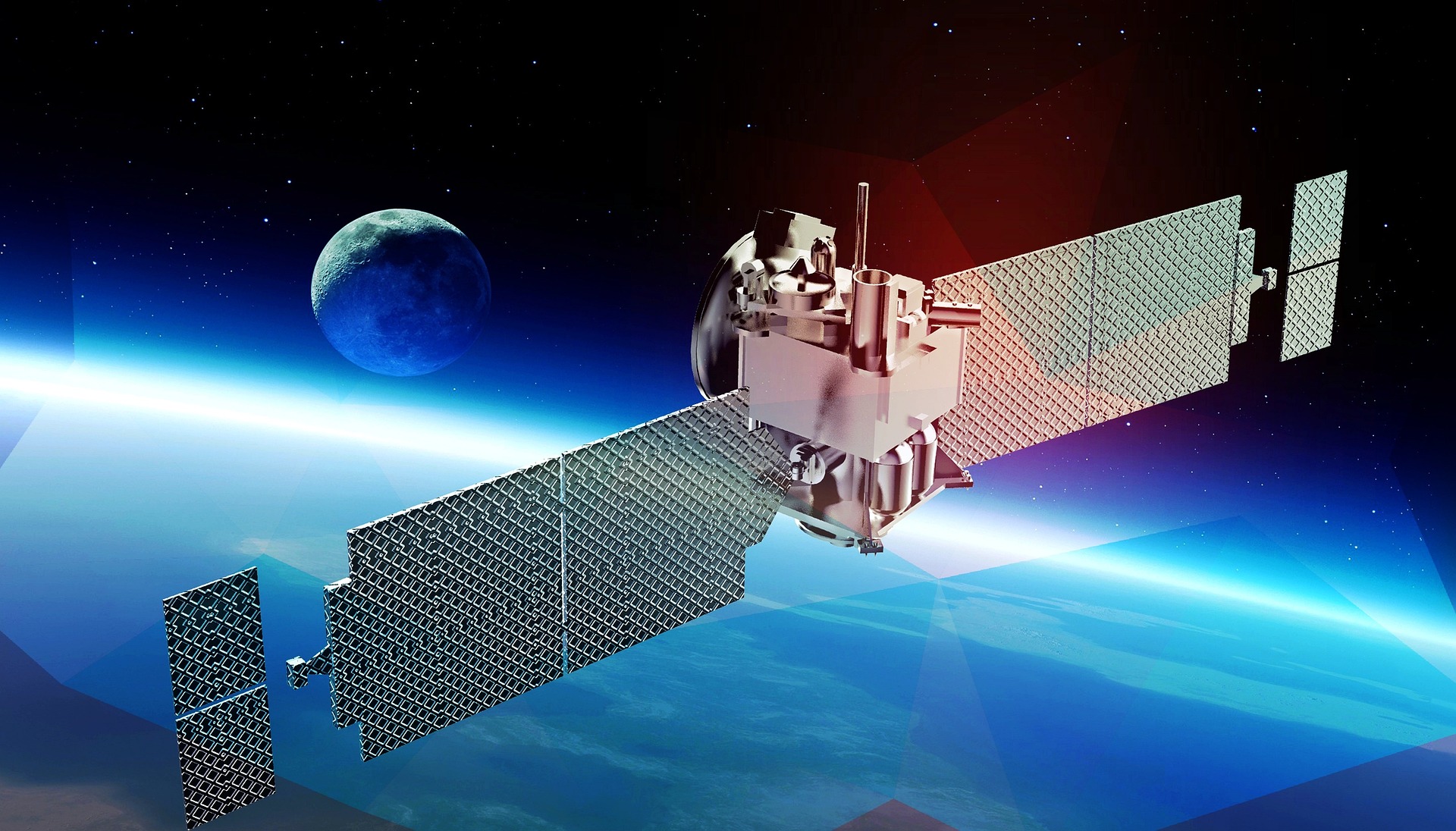Title: The Legal Labyrinth of Space Debris Liability
Introduction: As humanity's reach extends further into the cosmos, a new frontier of legal challenges emerges. The issue of space debris liability stands at the forefront, presenting complex questions about responsibility, jurisdiction, and international cooperation in the vast expanse above our atmosphere.
The Genesis of Space Debris Regulations
The dawn of the Space Age brought with it not only technological marvels but also the seeds of a growing problem. As early as the 1960s, scientists began to recognize the potential hazards of space debris. However, it wasn’t until the 1970s that international discussions on space debris liability began in earnest. The 1972 Convention on International Liability for Damage Caused by Space Objects, also known as the Liability Convention, laid the groundwork for addressing damages caused by space objects, including debris.
Current Legal Framework
The existing legal regime governing space debris liability is primarily based on international treaties and agreements. The Outer Space Treaty of 1967 serves as the foundation, establishing basic principles of space law. The Liability Convention builds upon this, outlining specific provisions for damage caused by space objects. However, these agreements were crafted in an era when space debris was not yet recognized as a significant threat, leaving gaps in addressing modern challenges.
Challenges in Attributing Liability
One of the most significant hurdles in space debris liability is the difficulty in attributing responsibility. Unlike terrestrial accidents, where physical evidence and witnesses can often pinpoint the cause, space collisions involving debris can be challenging to trace. Debris can originate from various sources, including natural micrometeoroids, fragmentation events, or the gradual deterioration of spacecraft. This complexity makes it arduous to determine liability, especially when dealing with small, untrackable fragments.
The Role of National Space Agencies
National space agencies play a crucial role in addressing space debris liability. Many countries have developed their own guidelines and regulations to mitigate debris creation and manage potential liabilities. For instance, the United States Federal Aviation Administration requires launch providers to assess collision risks and implement debris mitigation plans. Similarly, the European Space Agency has established the Clean Space initiative, focusing on space debris removal and prevention.
International Cooperation and Future Directions
The global nature of space exploration necessitates international cooperation in addressing debris liability. Recent years have seen increased collaboration through forums like the Inter-Agency Space Debris Coordination Committee (IADC) and the United Nations Committee on the Peaceful Uses of Outer Space (COPUOS). These platforms facilitate discussions on debris mitigation guidelines, space traffic management, and potential new legal instruments to address liability gaps.
Emerging Legal Concepts
As the space debris problem evolves, so do the legal concepts surrounding it. One emerging area is the notion of environmental liability in space. This concept extends terrestrial environmental law principles to the space environment, potentially holding operators responsible for the long-term impact of their activities on the orbital ecosystem. Another developing idea is the creation of a space debris removal market, which raises questions about liability during active debris removal operations.
The Impact of Commercial Space Activities
The rapid growth of commercial space activities has added a new layer of complexity to space debris liability. Private companies are launching unprecedented numbers of satellites, particularly in low Earth orbit. This increase in space traffic not only elevates the risk of debris creation but also complicates liability determinations. Legal experts are grappling with how to balance encouraging commercial space development while ensuring responsible practices and clear liability frameworks.
Technological Solutions and Legal Implications
Advancements in technology offer potential solutions to the space debris problem, but they also raise new legal questions. Proposed methods for active debris removal, such as harpoons, nets, or lasers, could potentially damage or alter the trajectory of debris, creating liability concerns. The development of on-orbit servicing capabilities, which could extend the life of satellites and reduce debris creation, also introduces questions about liability during servicing operations.
In conclusion, the legal landscape surrounding space debris liability is as complex and dynamic as the orbital environment itself. As space activities continue to expand, the need for clear, comprehensive, and internationally recognized legal frameworks becomes increasingly crucial. The evolution of space debris liability law will require ongoing collaboration between legal experts, policymakers, scientists, and space operators to ensure the sustainable and responsible use of Earth’s orbital space. As we venture further into the cosmos, the legal challenges of space debris liability will undoubtedly play a pivotal role in shaping the future of space exploration and utilization.






